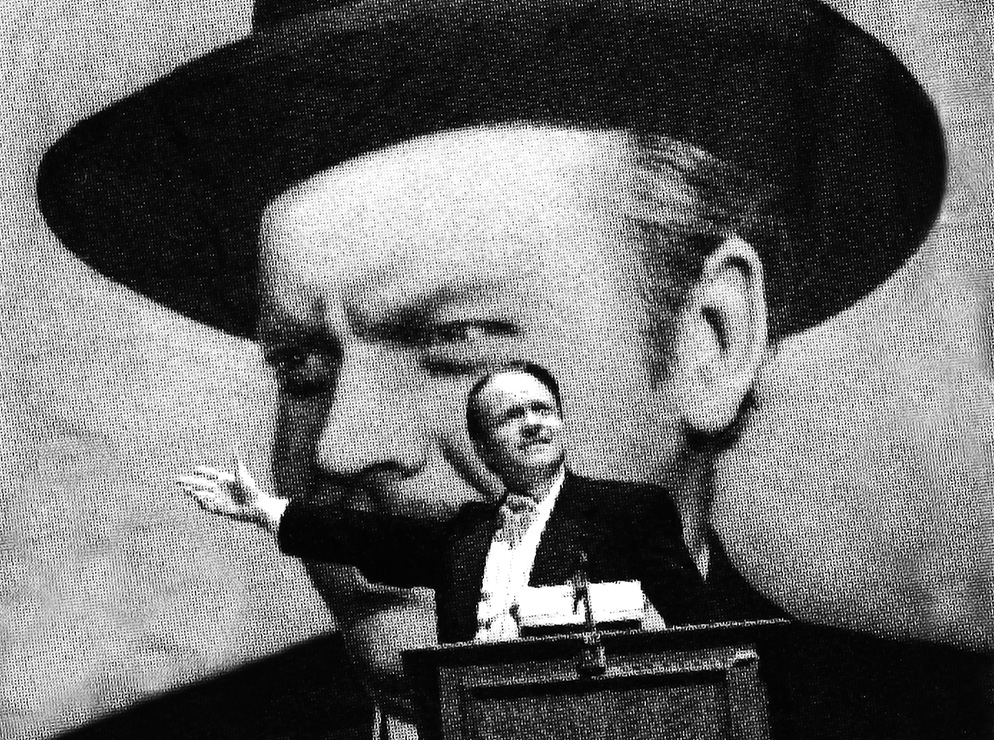
As a global company, our Q-Free team has a unique perspective on profound similarities and stark differences in transportation networks around the world. Take Europe, for example. With fully-developed transit systems taking the pressure off personal vehicle volume, the EU’s 446 million residents own a combined total of approximately 250 million cars - or 0.56 vehicles per person.
In the US, though, with its population of 333 million people, there are 283 million registered vehicles - or 0.85 vehicles per person - and all of them are going somewhere. So how can we manage those vehicles better and exactly where is that somewhere? The average vehicle trip is just under 12 miles, which sounds manageable until you consider in the US, with its network of independent transportation agencies, that short trip can cross three jurisdictions, and often those agencies don’t play well together.
It’s not deliberate. In the US, transportation agencies are usually independent with competing priorities designed to serve their residents, and with cultures built on decades of history and silos. But for drivers, crossing jurisdictions can be inefficient and potentially disruptive, and for those who are just trying to get from point A to point B, history and silos don’t matter. Drivers don’t understand that freeways and arterials are controlled by different agencies. They just want to get home.
So as a transportation community, how do we get from our own point A to point B, where A is the current state of affairs and B is the unencumbered flow of traffic across city, county or state lines? How do we minimise friction when a crash on a freeway forces traffic onto surface streets? At Q-Free, it’s a problem we consider every day.
For those in our industry who believe this is tomorrow’s problem, we respectfully disagree. Really smart innovators are developing new software and technologies almost daily, and as vehicles become increasingly connected to infrastructure and each other, the issue will become increasingly urgent. We can’t keep kicking the can down the road.
“For those in our industry who believe this is tomorrow’s problem, we respectfully disagree”
For years now, Q-Free has advocated for agnostic vendor and device interoperability, open APIs, open MIBs and open standards. In our view, sharing key systems and operations information between agencies, vendors and consultants is the grease in the network. Of course, we understand that for vendors, proprietary information represents a competitive advantage, but as Spock said in Star Trek: “The needs of the many outweigh the needs of the few.” As with all things Spock, there’s wisdom in his words, especially when you consider the many represents literally every one of us who gets behind the wheel.

The challenges in getting to America’s mobility nirvana aren’t just cultural. They’re also technical. Big Data is widely and rightfully being hailed as the cornerstone of the traffic management revolution - and in an almost poetic twist, the very vehicles responsible for congestion are now a tool in the fight against it, providing detailed real-time analytics on traffic volume, flow and a host of other important data points. There are several exciting start-ups bringing value to our industry, aggregating data at previously unimaginable levels, but there’s a gap. Traffic engineers need the tools to turn those data streams into action.
Like everywhere in our global client portfolio, agencies aren’t paying for data. They’re paying for outcomes.
“Traffic engineers need the tools to turn those data streams into action”
We’re working hard to bridge that gap. There is a perfect example of how it all might work in Southern California. At Q-Free, we are one of several traffic software, hardware and management companies involved in one of the most watched projects currently underway in the US, CV Sync. The Coachella Valley Association of Governments (CVAG) is undertaking one of the most comprehensive traffic management upgrades in US history. The Valley is probably best known for the Coachella Music and Arts Festival or simply, Coachella, the nation’s largest annual concert, attracting 200,000 people over two weekends each April. Coachella Valley also hosts multiple other arts, food and sports events including a professional tennis tournament in Indian Wells. In describing the complexity of the project, the CV Sync website says it best: “CV Sync will establish a framework for [a] future ‘smart region’ by installing highly technical hardware and software systems into a world-class, regional network. CV Sync will have technology that allows all cities to communicate and coordinate in real-time to manage traffic flow, which will be especially useful for the large events that draw hundreds of thousands of tourists to the Coachella Valley.”
Working with the lead consultant, Advantec Consulting Engineers, we are providing the advanced traffic management system (ATMS) software to coordinate all the pieces of the project. It’s a complex task to integrate traffic controllers, video, detection devices and VMS signs from different vendors into a network that can be managed either locally by CVAG members, or coordinated regionally by CVAG itself when major events occur. The ingress and egress of tens - and sometimes hundreds - of thousands of visitors efficiently, safely and with minimal disruption to residents is a major lifestyle issue in the region, but we built our Kinetic Mobility platform with exactly that kind of scenario in mind. With its ability to ingest data from multiple, diverse devices and affect traffic outcomes using various methods from signal timing adjustments to VMS alerts to detours, it’s well suited to the task of helping manage a Smart Region with the potential to influence the design of others for years to come. CV Sync is a microcosm of what a national network could look like. It’s a complex partnership between agency, consultants and vendors designed to unite their protocols to create one free-flowing traffic management network, and that goes a long way to addressing the cross-jurisdictional traffic management issue.
And by the way, in case of that freeway crash I mentioned, Kinetic Mobility can also manage detours around the incident, from the highway onto the arterials and back again.
“Whether a trip is 12 miles or 1,200, millions of people are counting on us to get them home efficiently and safely”
Agencies hold an ace in the game. With federal infrastructure funding and so many government grants prescribing innovation and safety as paths to funding success, the opportunity to collaborate with the private sector has never been greater. I’d like to think that Q-Free has the inside track but there are dozens of interesting innovators doing important things who are ready to partner on pilots or small-scale deployments. While we are, of course, interested in selling our own solutions, any initiative that gets us closer to a safer, more efficient network is advancing the industry for all stakeholders.

CV Sync and other initiatives like it get us a long way down the road, particularly from a software and technology standpoint, but I believe there are still major barriers to national success: chief among them is security. Any program that integrates so many devices to accomplish a common goal is testing the limits of cybersecurity, and with so many vendors operating within a system, there will be more entry points for hackers to do their worst. Imagine for a second if a hack which might normally be contained within a single system was suddenly able to jump jurisdictions and compromise an entire network. We are currently working with digital communications and technology leaders on new strategies to protect networks, but the magnitude and seriousness of the issue dictates this must be an all-hands campaign. The NTCIP family of standards that allow traffic control systems to communicate with devices from different manufacturers was created by NEMA, ITE and AASHTO under the watchful eye of USDoT. It’s a letter soup of the right people in the room - but in our view, it needs to go further to protect vulnerable systems. A recent White Paper by the Mineta Transportation Institute, co-authored by former ITS America CEO Scott Belcher, pointed out significant vulnerabilities in the transit landscape and called the transportation cybersecurity issue “critical.” In updating the 2020 study Is the Transit Industry Prepared for the Cyber Revolution? Policy Recommendations to Enhance Surface Transit Cyber Preparedness, Belcher found the transit industry remains woefully unprepared for the cyber revolution. His research also indicates there is no reason to believe that transit is any different from other surface transportation
There’s inevitability to this story. America will have a fully digitised, cross-jurisdictional transportation network. We will live in a world with solutions like Kinetic Mobility, where we can leave patchwork solutions behind. Ultimately, traffic management devices will talk to each other and do it politely, across massive distances. It’s really a question of pain points on the road to full deployment. At Q-Free, we have a well-earned reputation for innovation, and we’ll continue to lead and do the research and development to get there, because whether a trip is 12 miles or 1,200, millions of people are counting on us to get them home efficiently and safely.
ABOUT THE AUTHOR
Mark Talbot is CEO of Q-Free
Content produced in association with Q-Free












